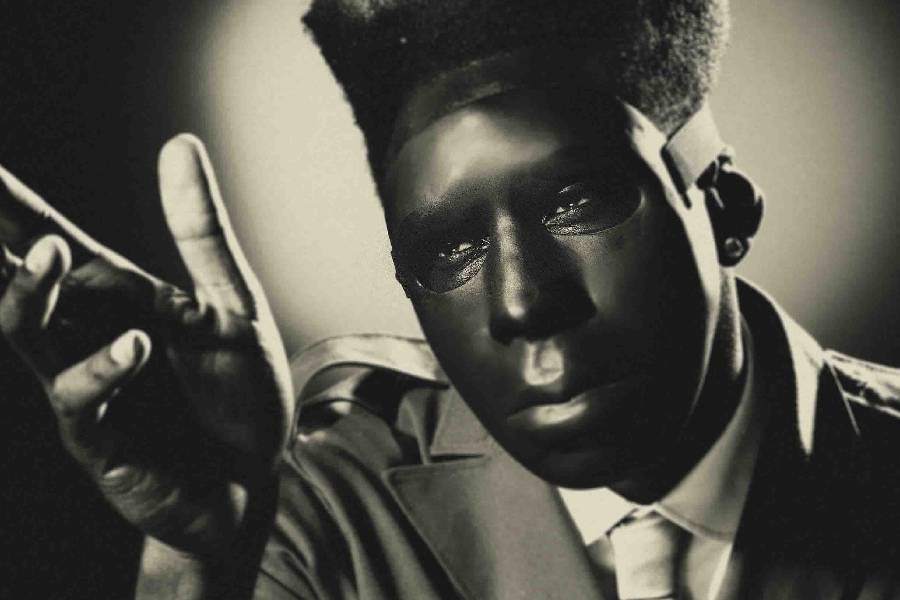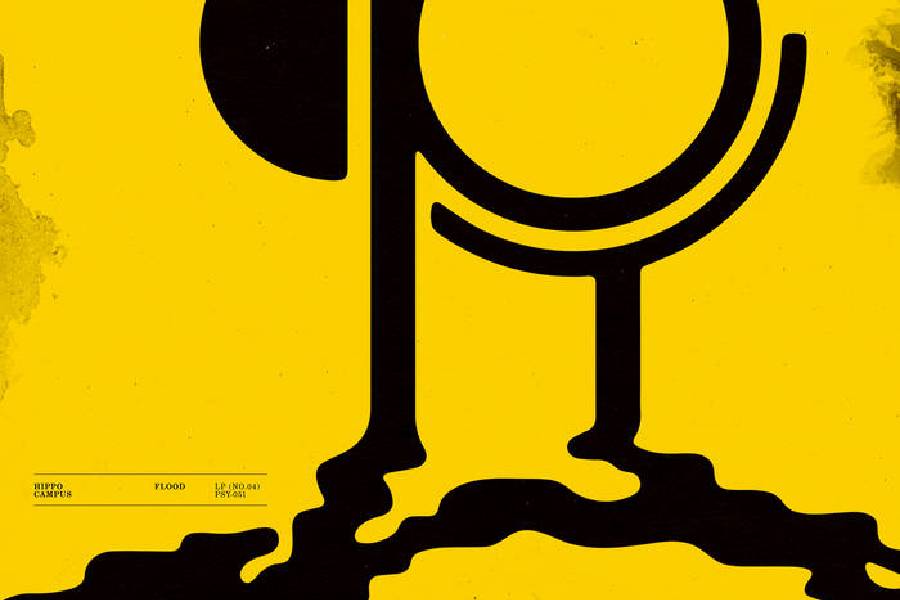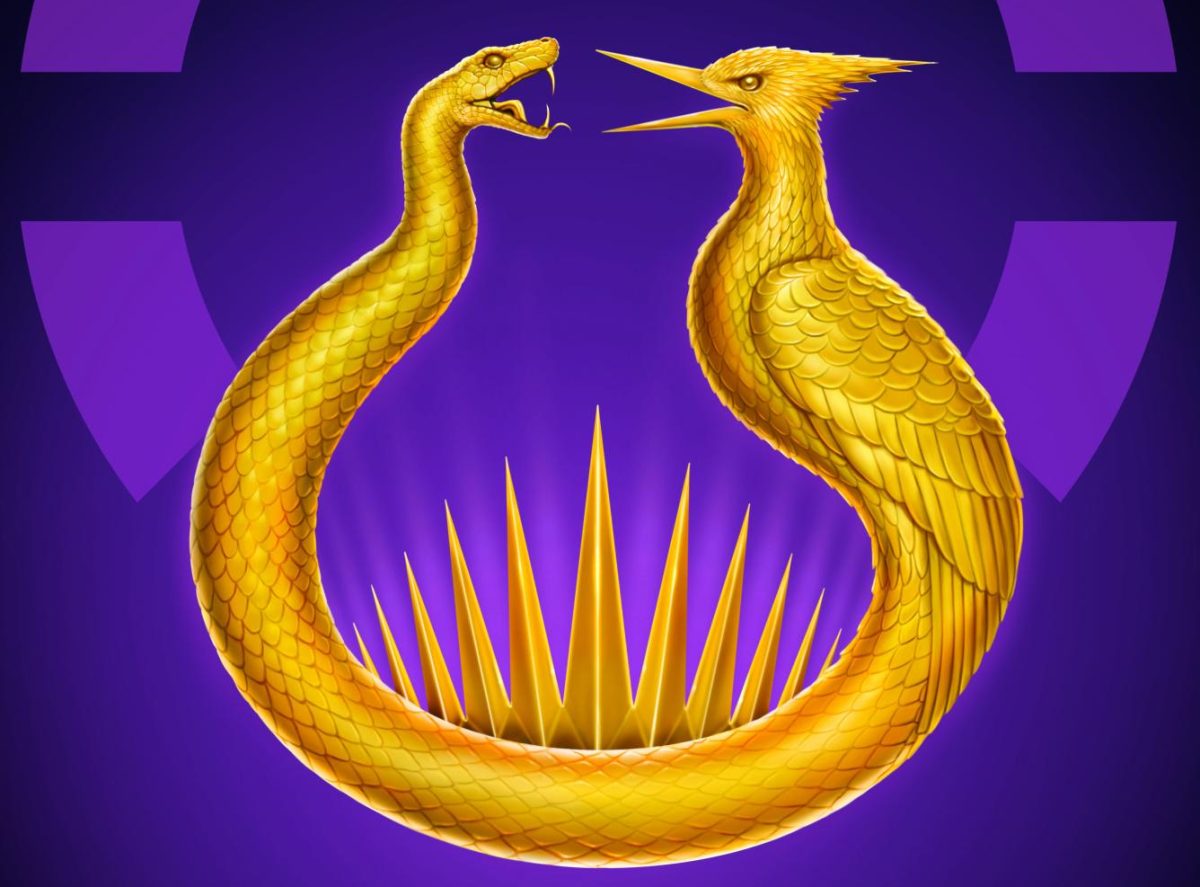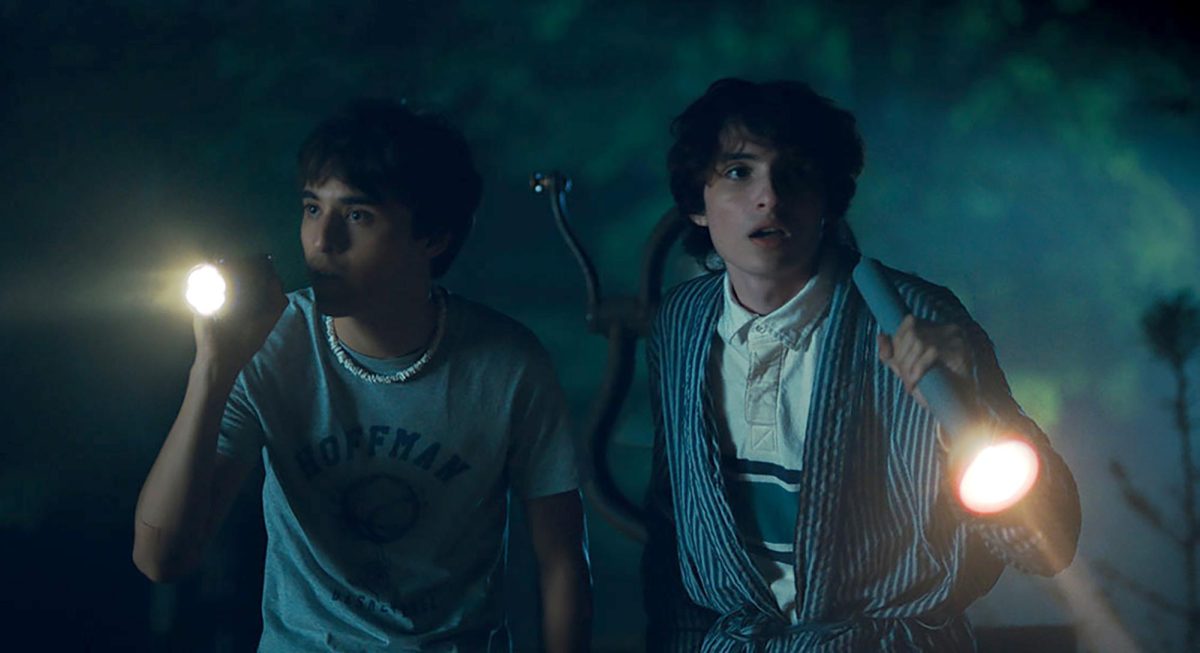A common criticism of Lupe Fiasco is that he’s too smart for his own good. He could be a more mainstream star, but he would need to dumb down his lyrics. In his last album with Atlantic Records, Fiasco refuses to tone himself down for the masses. “Tetsuo and Youth” is richly populated with double entendre, extended metaphor, homophones and references to everything from “Double Dragon” to the Mandelbrot set. It’s an album that demands one’s full attention, and an exceptional album at that.
In “Tetsuo and Youth,” Fiasco tackles a multitude of topics and issues: gang warfare, the dangers of signing with a major record label, childhood, the American prison system, Eastern philosophy, Papa John’s Pizza and much more. The sheer number of references and topics can be overwhelming, as Fiasco tends to move through his rhymes at a blistering pace. However, every song is still cohesive. In fact, Fiasco’s rhymes are almost too good. There are a handful of guest verses on “Tetsuo and Youth,” like critically acclaimed rapper Ab-Soul who has a verse on “They.Resurrect.Over.New.” However, he and the others pale in comparison to Fiasco’s rhymes.
A variety of producers worked on the album, but only on “Dots and Lines” is Fiasco credited for production. With strings that build throughout, “Dots and Lines” has the greatest symmetry on the record. He uses geometry in the hook as a metaphor for his split from Atlantic Records. The metaphor lets Fiasco air his frustration in a smart way. It’s clever to a fault since it will likely go over people’s heads at first listen. It’s still nonetheless a dazzling and ferocious track. “Mural” also sticks out for showing off Fiasco’s skill as a rapper, as he rhymes for nearly eight minutes straight. It represents the blur of growing up, with each rhyme illustrating examples of the patchy details that whiz by during childhood. Most lines intentionally breeze by, but the vivacious wordplay of “Mural” leaves a lasting impression.
Fiasco is not a commercial rapper: He is a poet. “Tetsuo and Youth” is not a radio-friendly record, but that’s by design. On “Little Death,” which boasts three superb hooks by Nikki Jean, a singer-songwriter and Fiasco’s frequent collaborator, Lupe states, “We should’ve been poets, somewhere between amateurs and grandmasters of iambic pentameter.” In “Tetsuo and Youth,” Fiasco proves that he is a grandmaster of rap.




















